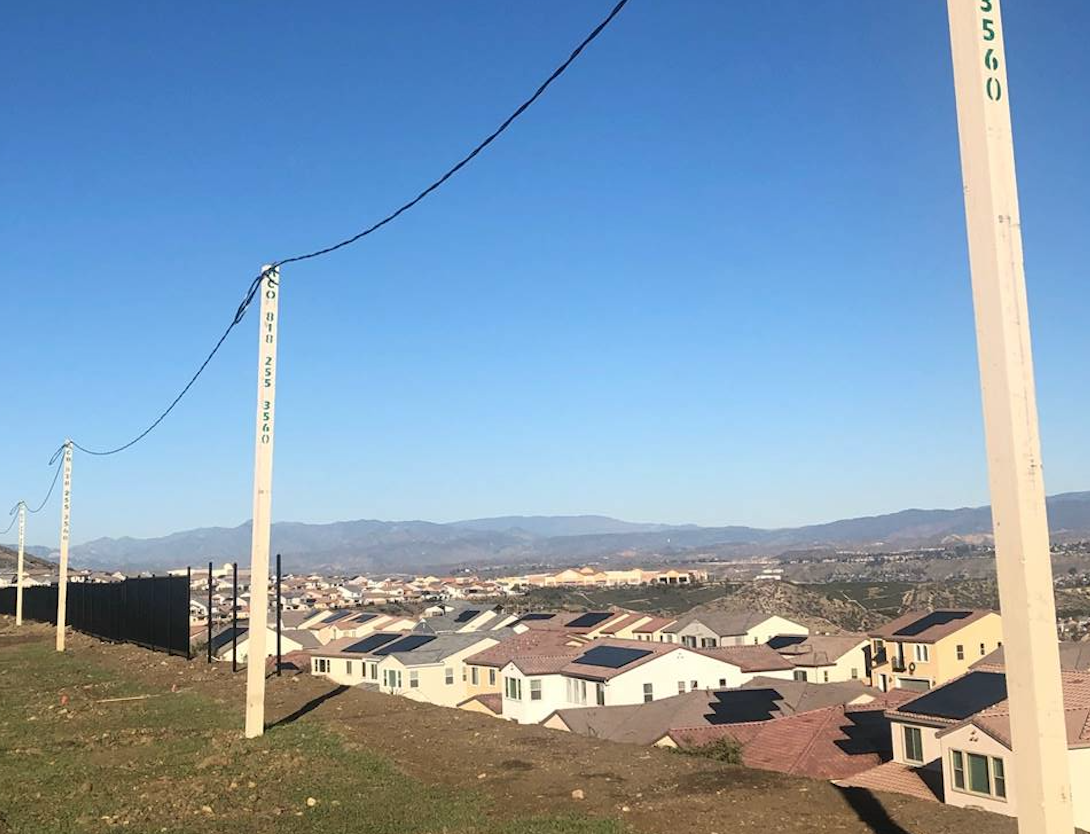Red tape!
If those words flash through your mind and raise the hair on your neck when you think about installing a temporary power pole, you’re not alone. Of all the questions we’re asked regarding temporary power, the three we get quite often are:
1. Will we need a permit?
2. What is the process for getting a permit?
3. How long will it take?
In this article, we’ll answer those questions for you, along with a few others, based on the type of temporary power permit that suits your needs.
Q: Will I need a permit to get temporary power?
A: Yes. Any business that wants to install temporary power will need a permit. And unless you have a knowledgeable friend with a few connections on your team, it’s easy to disappear into a bureaucratic government maze. But worry not. Clients who work with ACO Temporary Power know that we take care of everything involved in temporary power pole rentals, including obtaining permits.
Q: What’s the process for getting a permit?
A: To deliver temporary power, we need to secure permits through the departments of building and safety in the city of the installation. Generally, the Department of Power and Water (DPW) services Los Angeles, while Southern California Edison (SCE) services the rest of the region. Note that there are some exceptions — cities that have their own water and power departments.
Now although it seems straightforward, don’t try to do this yourself.Temporary power permits have to be pulled by either a C-10 license holder or an authorized agent.In our case, that takes minutes because we are both C-10 license holders and authorized agents. We handle each step for you and with you.
After the building and safety electric permit is pulled, we send a permit expeditor with a letter of authorization to complete application for power and to pay the up and down fee to the utility company. We then make sure that the city release reaches DWP.
The permit process can take up to 72 hours. Once the power pole is installed, we set up an inspection withLos Angeles Department of Building and Safety (LADBS). If there are any issues, and often there are, ACO has relationships with both the LADBS and DWP, with access to supervisors who can handle concerns quickly. We follow the entire process until the pole is energized, which takes between three to six weeks.
Securing a Southern California Edison Permit
To obtain an SCE permit, we first have to call in a service request. This generates the job for the local SCE planning office. After a service planner is assigned to the project, we connect with them to identify a meter location. SCE requires a planner to go to the job site to mark the temp power location. Then, we arrange a meeting between the contractor and the service planner to ensure the pole location suits both parties.
After approval, we schedule a pole installation and email all the required paperwork to the planner, as well as call in the billing application to customer service.
After the planner has the information, they send us an invoice that we pay for our contractor, and for the SCE up and down fees.
Just before we install the pole, an ACO permit expediter will drive to the installation city,pull the electrical permit, pay the fees, and schedule the inspection. After the pole is installed and inspected, we follow up with SCE to ensure the city has sent the temp power pole release and that the pole gets on the schedule for a meter and power. We continue to track the project until it’s complete.
About ACO Temporary Power
We started A-CO Temporary Power, Inc. in 1989 with a simple but important goal: Provide our customers with quality equipment and an exceptional level of customer service. We provide quality equipment and services at affordable prices.

